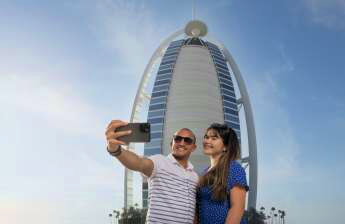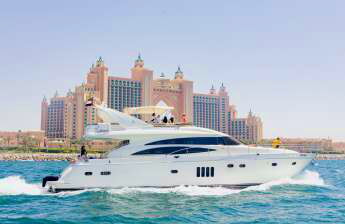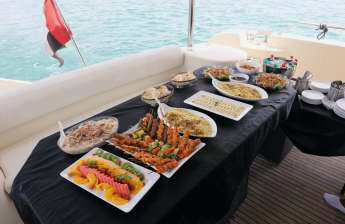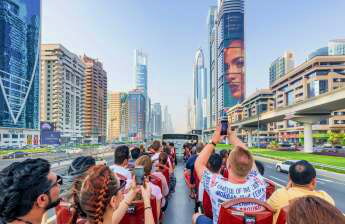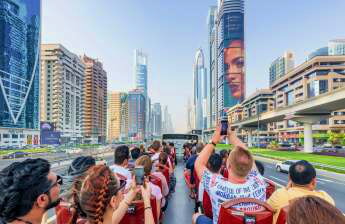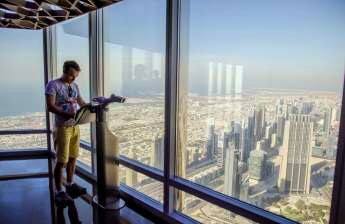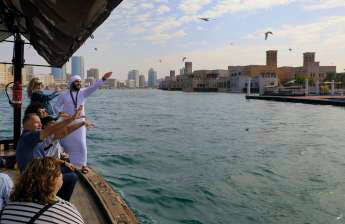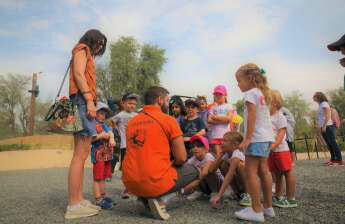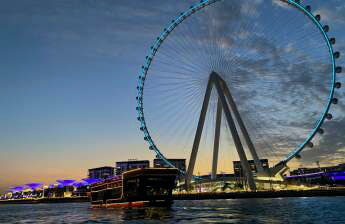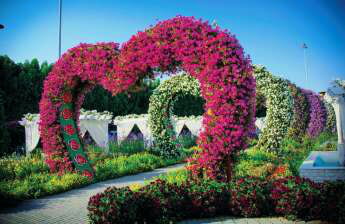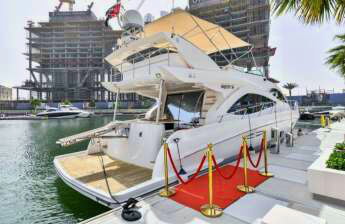Whether you are looking for something to do while you are visiting Dubai, or if you want to know about interesting facts about the city, the Dubai Museum has much to offer you. It is one of the largest museums in the world and has a huge variety of artefacts to see. You can visit the Museum's Pre-oil era, Astronomy and natural phenomena wing, or you can learn about the Al Fahidi Fort.
Al Fahidi Fort
Located inside Al Fahidi Fort, the Museum of Dubai aims to preserve the traditional UAE way of life. Its exhibits range from prehistoric artifacts to local handicrafts. It also showcases the rich history of the nation. The museum was founded by Sheikh Rashid bin Saeed Al Maktoum, the ruler of the Emirate of Dubai. The museum opened in 1971 and received more than one million visitors in 2007.
The museum displays artifacts from both Asian and African countries. These include weaponry, musical instruments, and local antiques. Among the exhibits, the best-known is the museum's life-size dioramas. These depict life in the desert, on the coast, and in the mountains. The museum also has interactive exhibits and hands-on activities.
The museum's main exhibit is reached via a spiral staircase. It features a 3,000-4,000 year old complete grave. This tomb is a testament to the area's early civilization.
Artefacts in the museum
Located in Al Fahidi Fort, Dubai Museum houses a variety of artefacts that depict the history and culture of the UAE and the region. These include swords and knives from bygone eras, tombs and graves, pearls, weapons and old-fashioned houses. It also displays local artifacts from Asian and African countries.
The museum has different wings that reflect the atmosphere of old-fashioned homes and markets. The Oasis Wing features desert life, while the Sea Wing is dedicated to shipbuilding methods of the local fishermen. It is best to visit the museum by taking the Metro from Al Ghubaiba or Al Fahidi stations.
The museum is divided into nine galleries. The main yard is filled with bamboo houses and furniture that were used in old times. In addition to these, there is a video room where visitors can view a series of videos that illustrate Dubai's evolution.
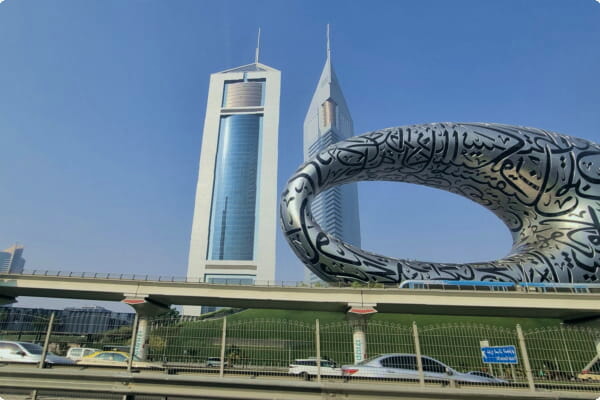
Pre-oil era section
Located in the Al Fahidi Historical District, the Pre-oil era section of Dubai Museum takes visitors back in time to the days when Dubai was just a small trading settlement. The exhibit includes traditional homes and bazaars, as well as videos of craftsmen at work.
The film 'Hamama', in which a 93-year-old woman performs ancestral healing arts in Sharjah, is a good example of how the medium of film can convey a message in a visually compelling way. The film is about more than just the pre-oil era, however. It presents an overview of the past, suggests countermeasures to globalization, and proposes a new base for thinking about Emirati identity.
The museum also features a video room that shows the history of the UAE from the 1960s to the present. The museum boasts a collection of local and international antiquities, including artifacts from Africa, Asia, and the Middle East.
Astronomy and natural phenomena wing
Located in Dubai's old fort, the museum is a great way to learn about the region's rich culture. It is split into a series of halls around a central courtyard. There are also a number of audio-visual presentations that help make the experience more memorable. The museum also offers a free tourism guidance service.
The astronomy and natural phenomena wing is a particularly interesting area, and it's worth a visit. Among other things, the wing contains full-scale dioramas of a pre-oil Dubai. These include a Bedouin tent, a traditional mosque, and a modern-day souk (marketplace). A masjid wing is also on display, but it isn't as impressive as the other edifices. The best part is the museum is open all day long, making it a great place to stop in between sightseeing trips.
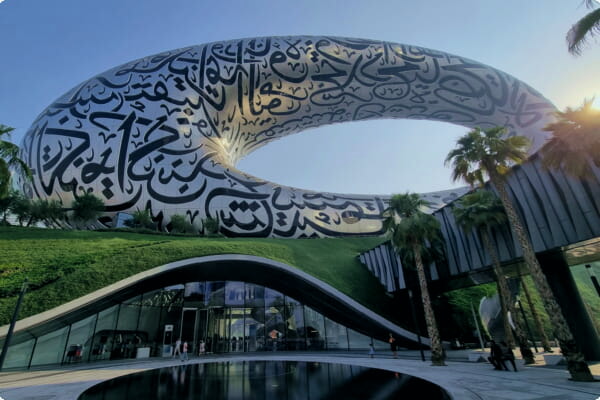
Covid-19 pandemic
Despite the effects of the Covid-19 pandemic, the Emirati art scene remains resilient and adaptable. In fact, in the first month of the pandemic, for-profit institutions and nonprofits alike adapted to the situation, and remained relatively unscathed.
Throughout the first month of the pandemic, several international art fairs postponed their events, while the UAE government continued to support its arts sector. A joint charity auction was held between Sotheby's and Alserkal Avenue galleries. The auction raised funds for a relief fund to help UAE citizens affected by COVID-19. The auction was also a chance for galleries in the UAE to sell works.
The UAE was one of the countries with the highest vaccination rates in the world, so the pandemic had a minimal impact on the country. In addition, the Emirati art scene adapted to the situation more efficiently than other nations.


